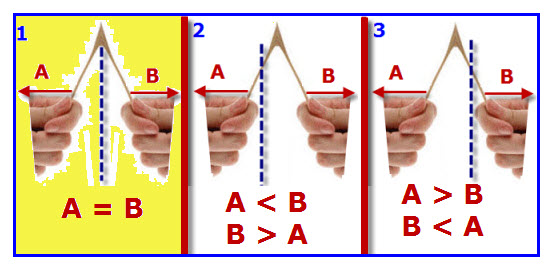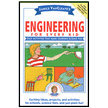Eighth Grade Science Standard (TEKS 8.6A)
Demonstrate and calculate how unbalanced forces change the speed or direction of an object’s motion.
Unbalanced Forces cause an object to accelerate (change speed and/or direction).
The three diagrams represent balanced forces and unbalanced forces acting on the ends of a wishbone. These are forces applied by the hands of the two contestants in the Wishbone Breaking Contest.
Diagram 1: Balanced Forces expressed by the equation: A = B
When the two forces are equal and in opposite directions, the net force acting on the object is the sum of the two forces, which is ZERO. This means the wishbone doesn’t move. This is the desired result.
Diagram 2: Unbalanced Forces expressed by the equations: A < B; B > A
This diagram show that the wishbone has moved to the right, in the direction of Force B. Unbalanced Forces are needed to cause a stationary object to move. The object moves (accelerates) in the direction of the larger force, which is the pulling force of hand B.
Diagram 3. Unbalanced Forces expressed by the equations: A > B; B < A
This diagram show that the wishbone has moved to the left, in the direction of Force A. Unbalanced Forces are needed to cause a stationary object to move. The object moves (accelerates) in the direction of the larger force, which is the pulling force of hand A.
 |
Janice VanCleave’s Engineering for Every Kid: Easy Activities That Make Learning Science Fun |